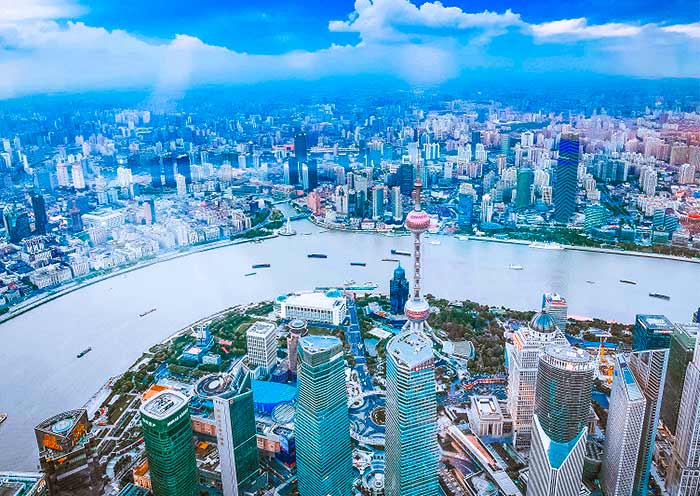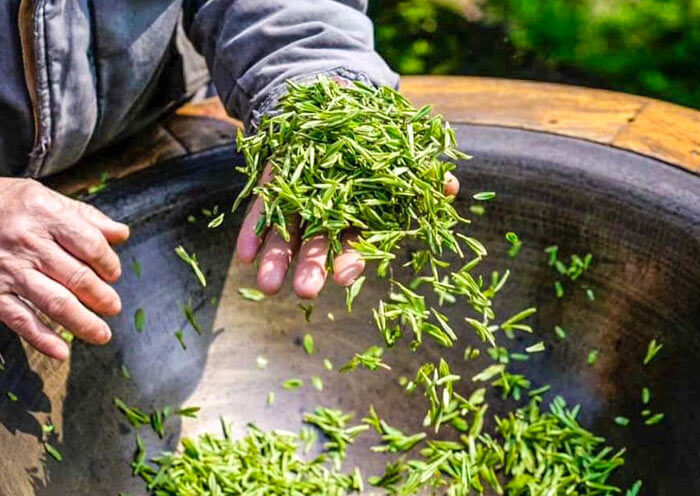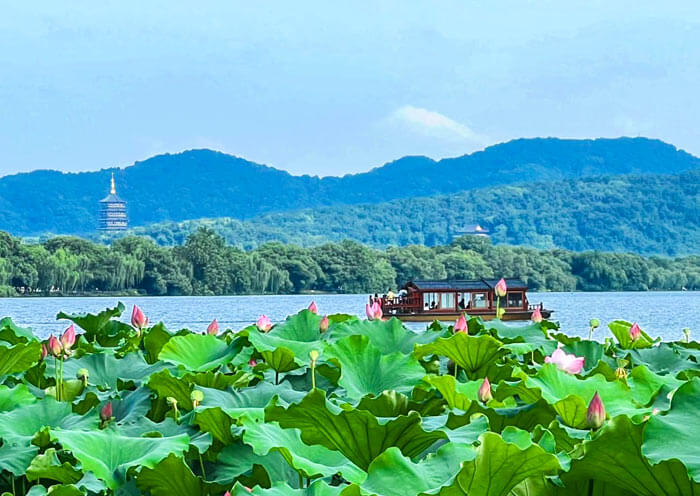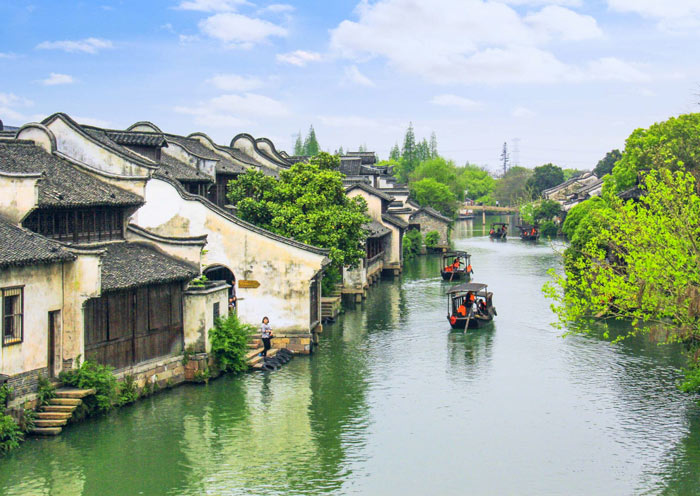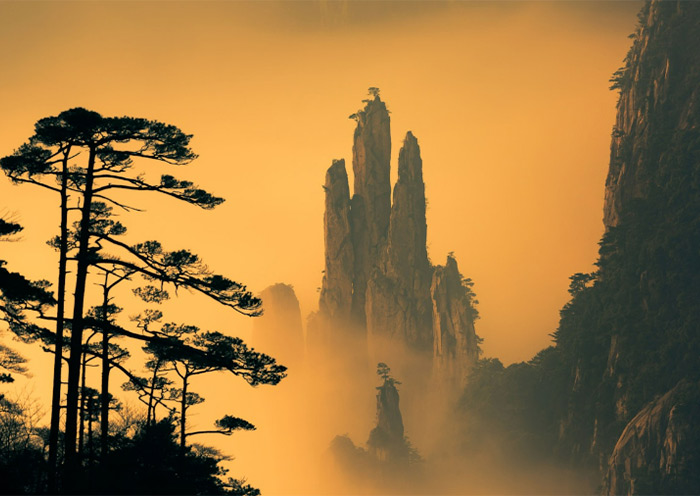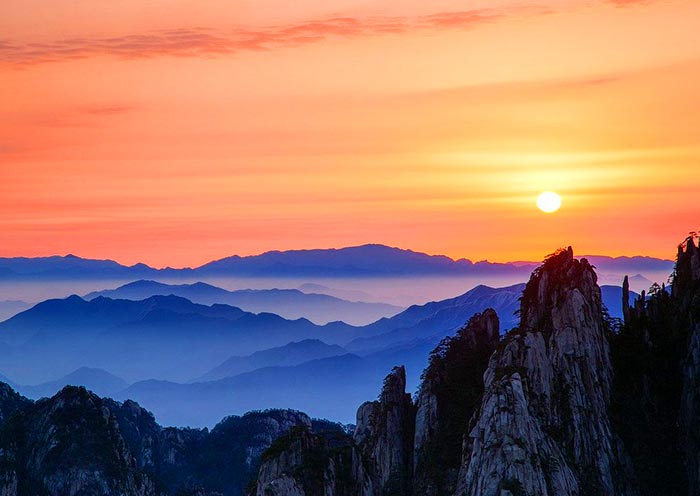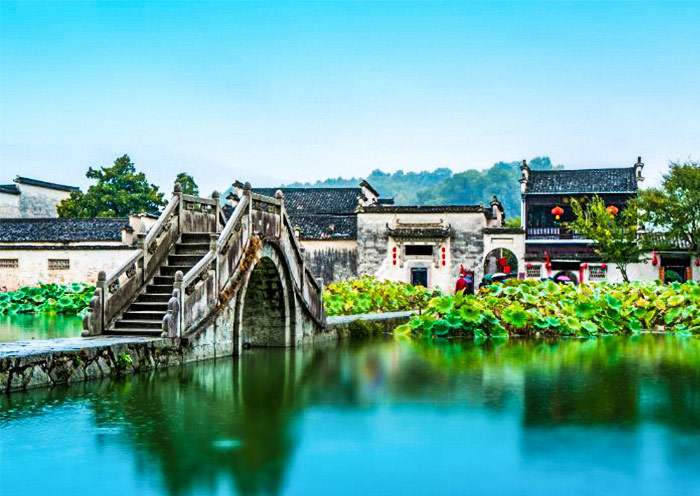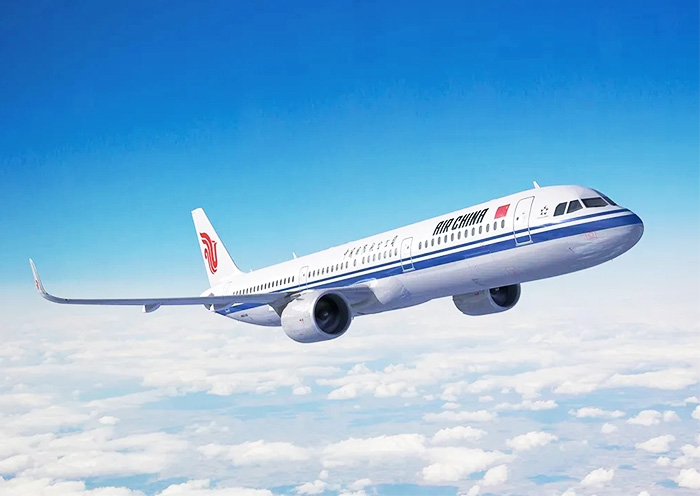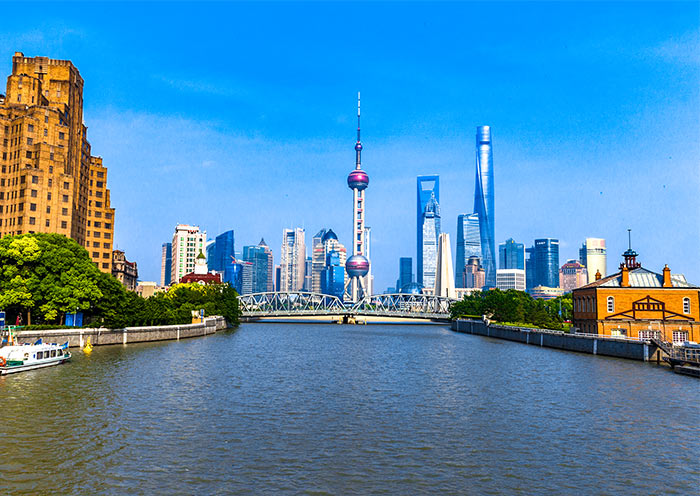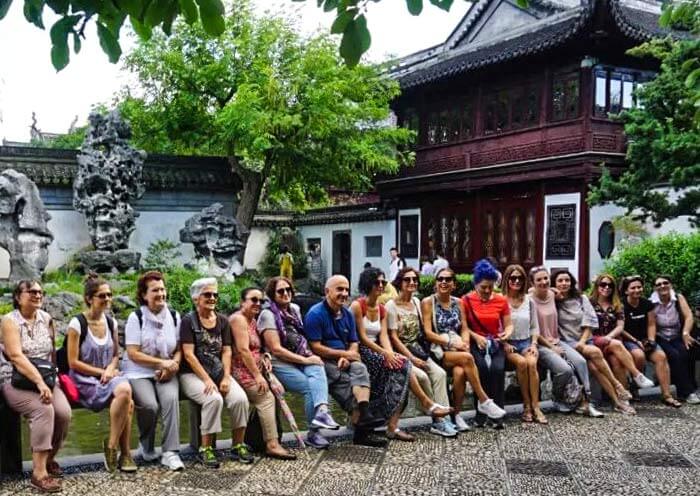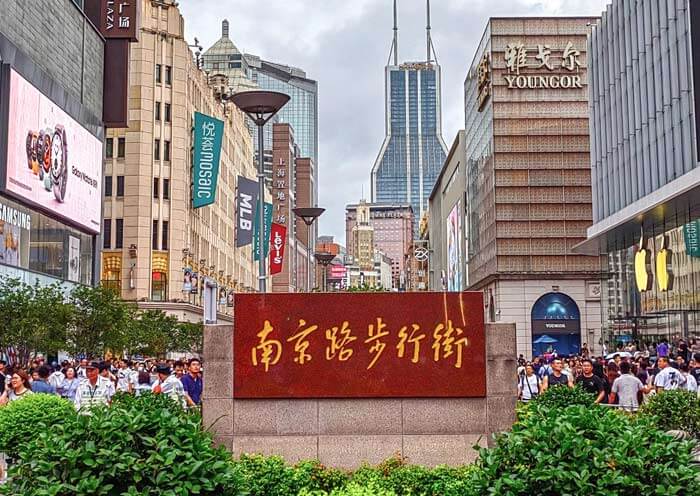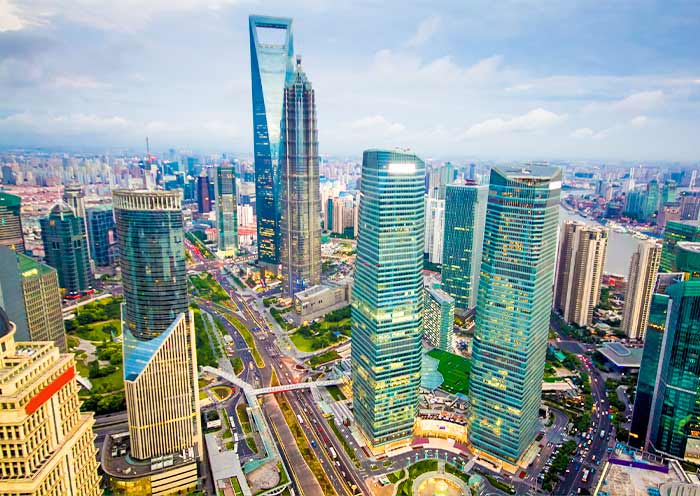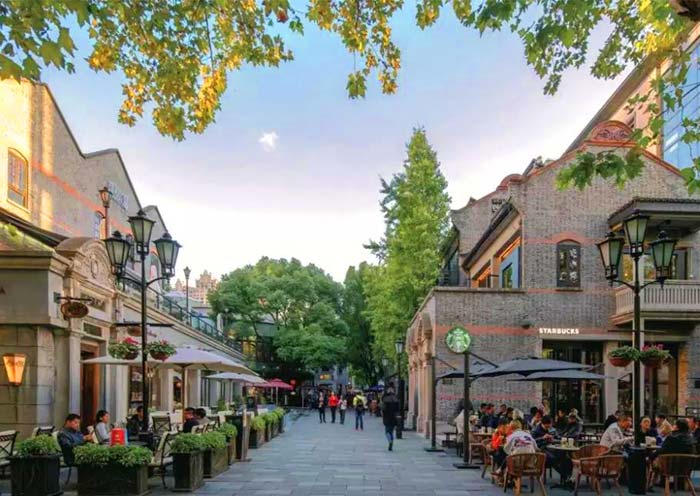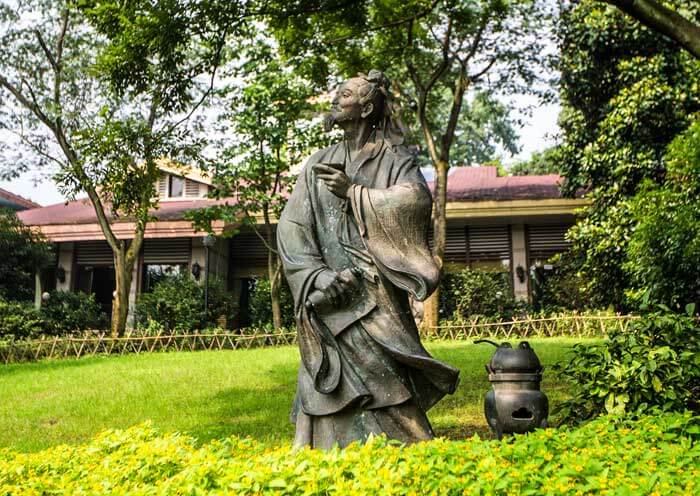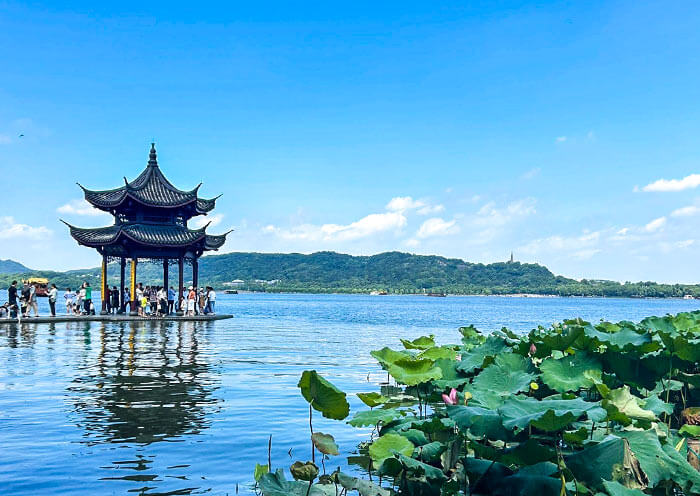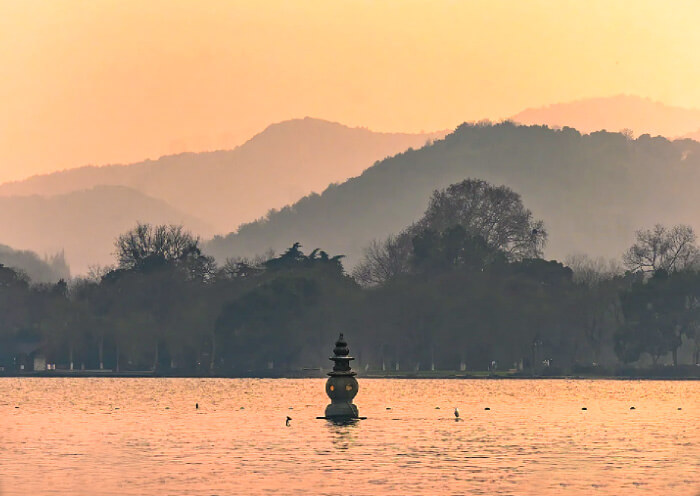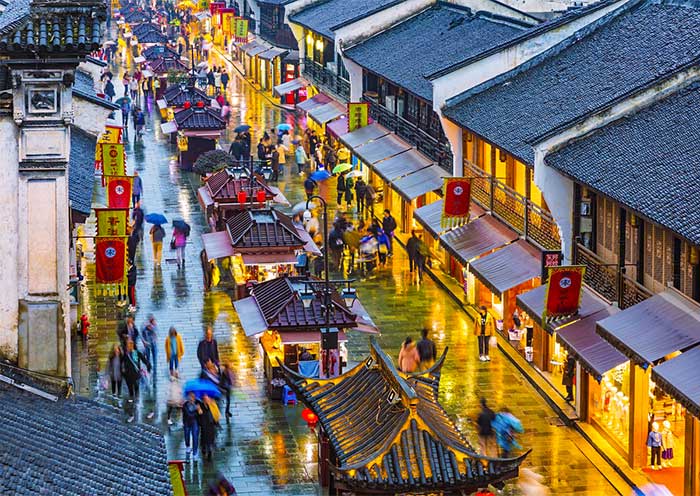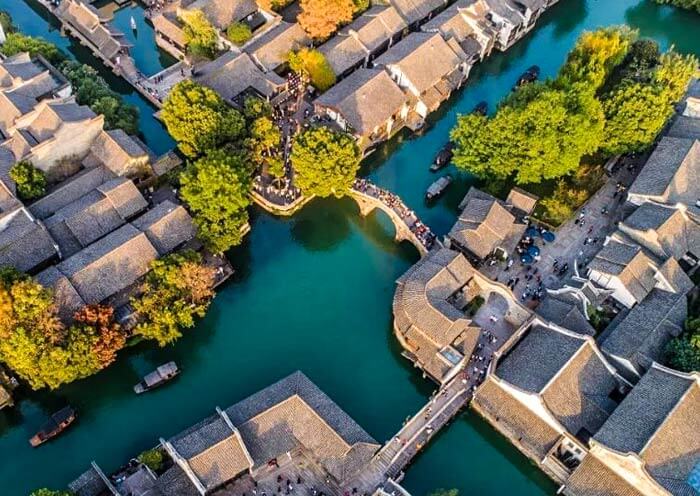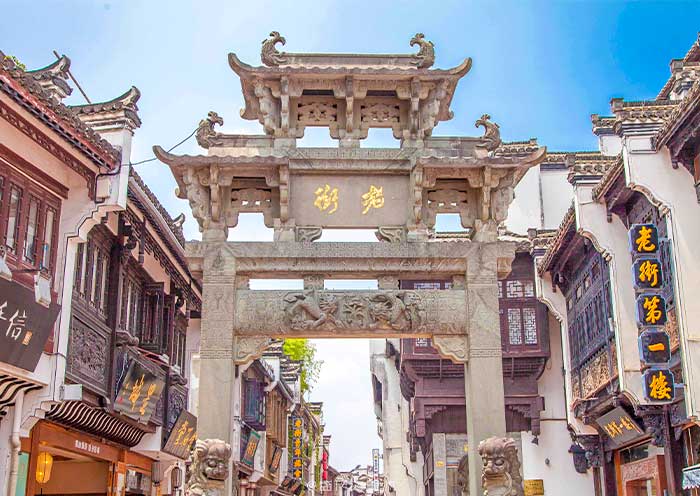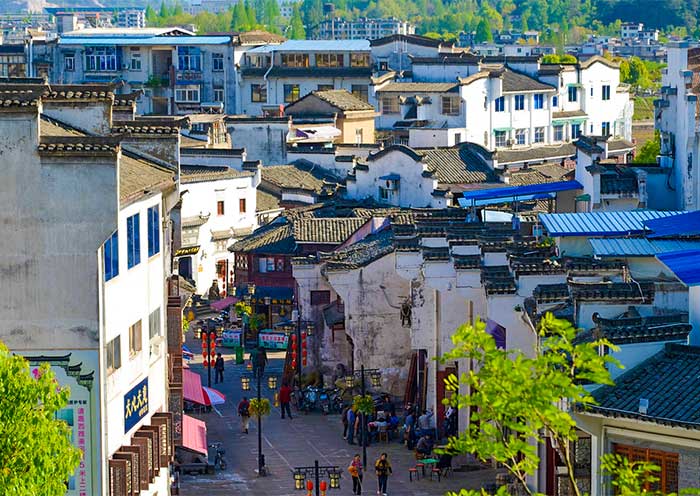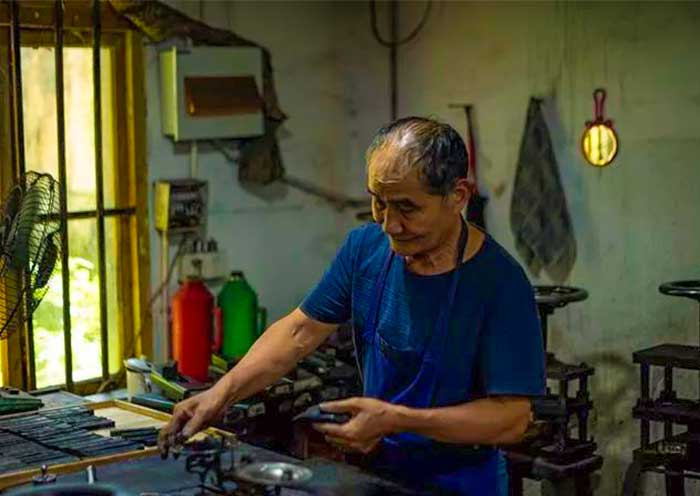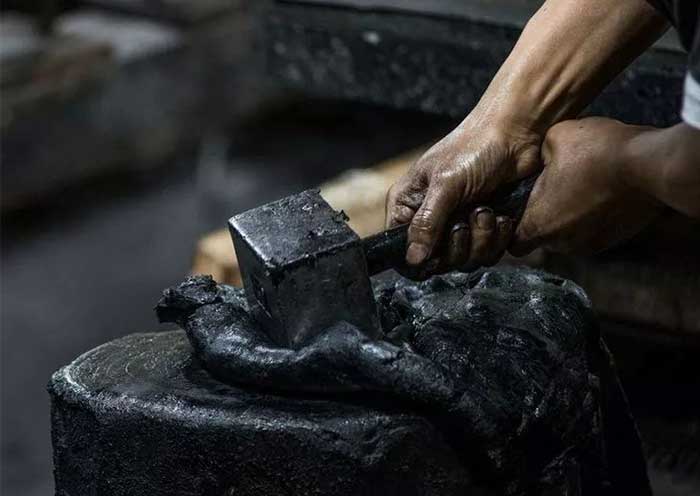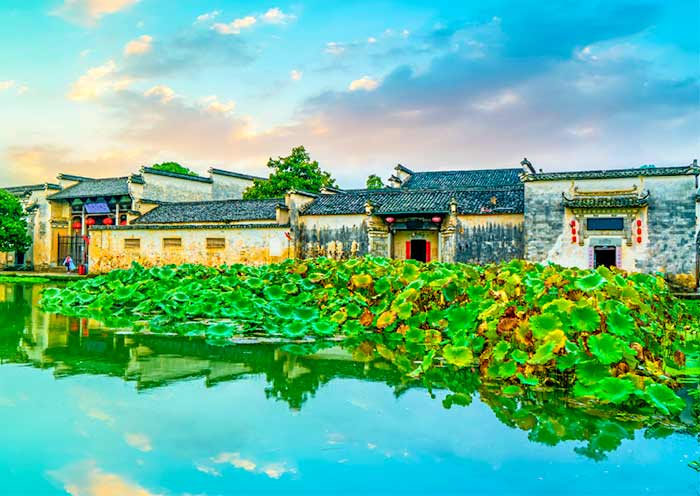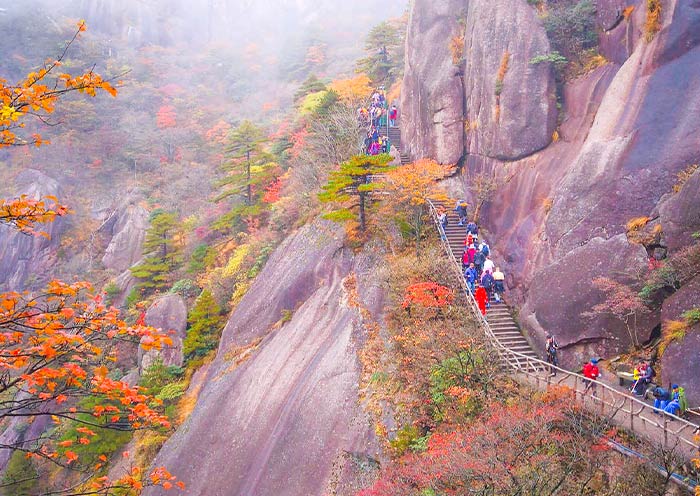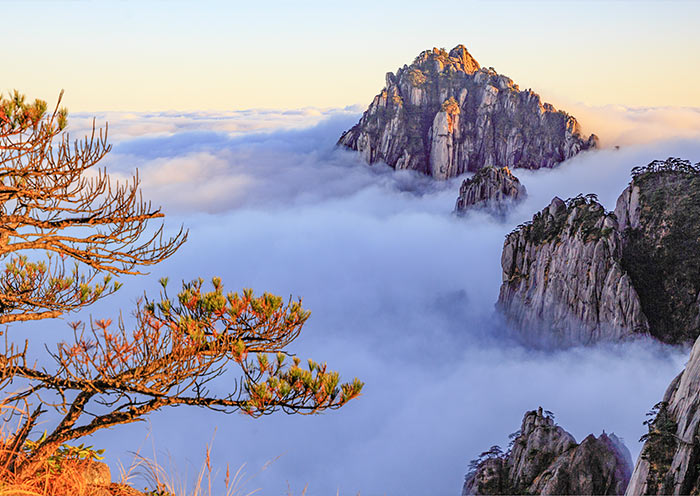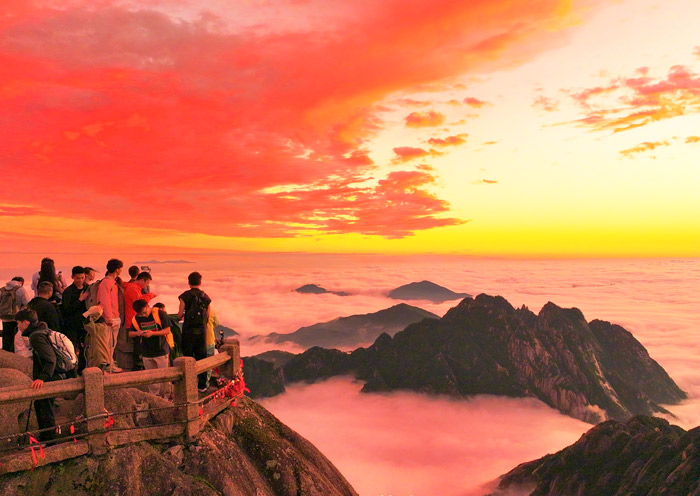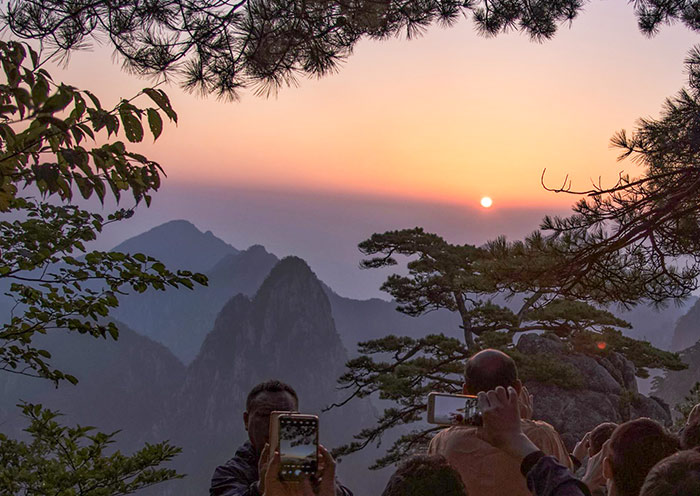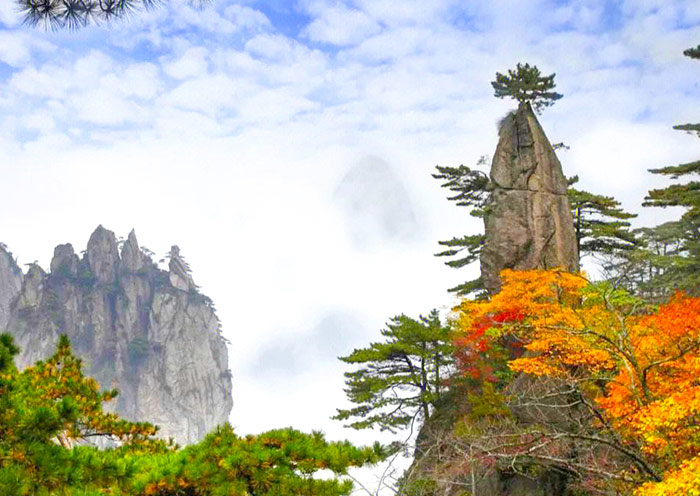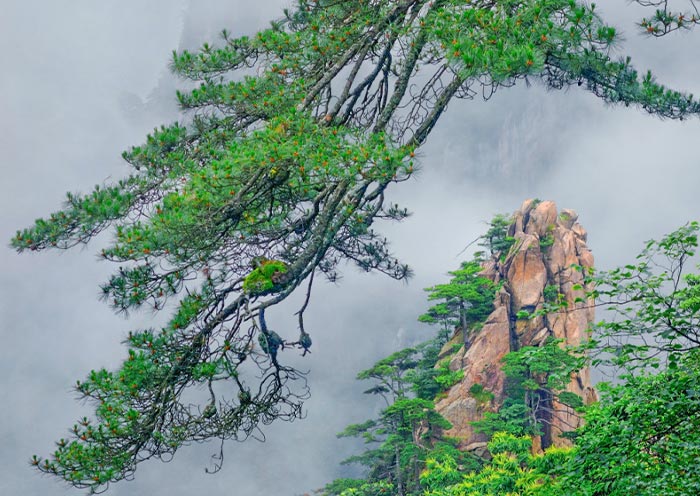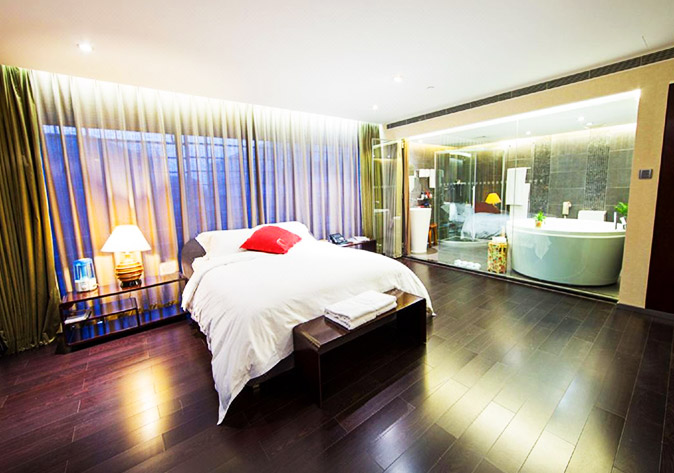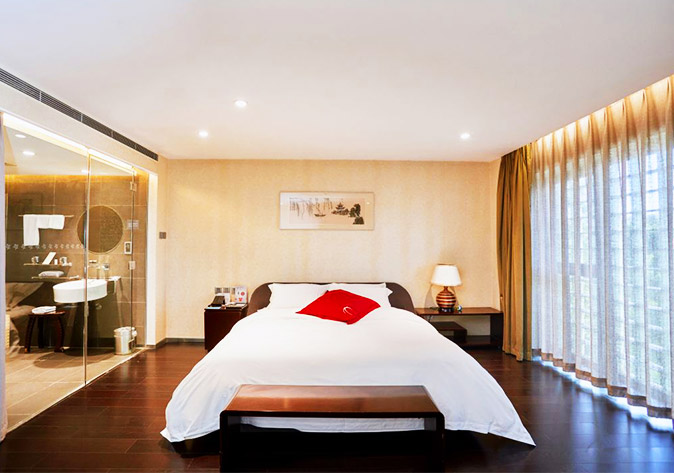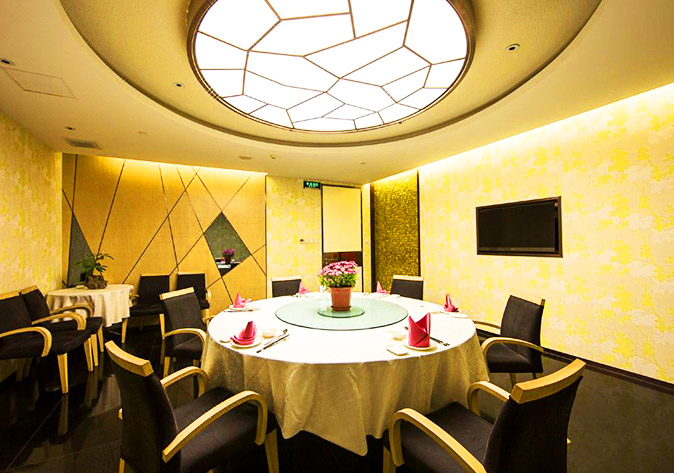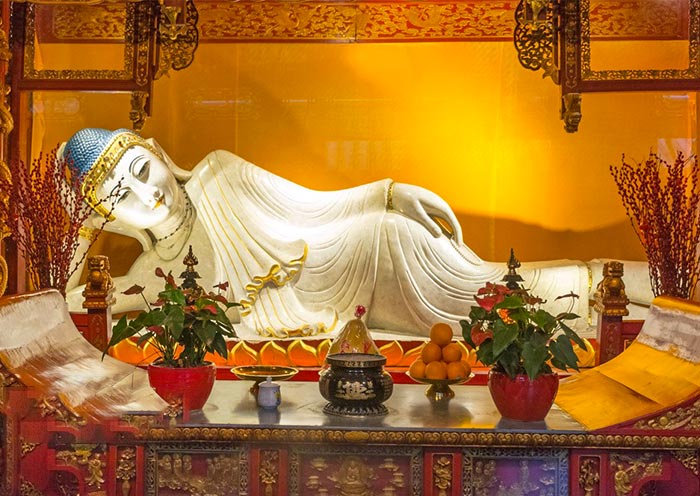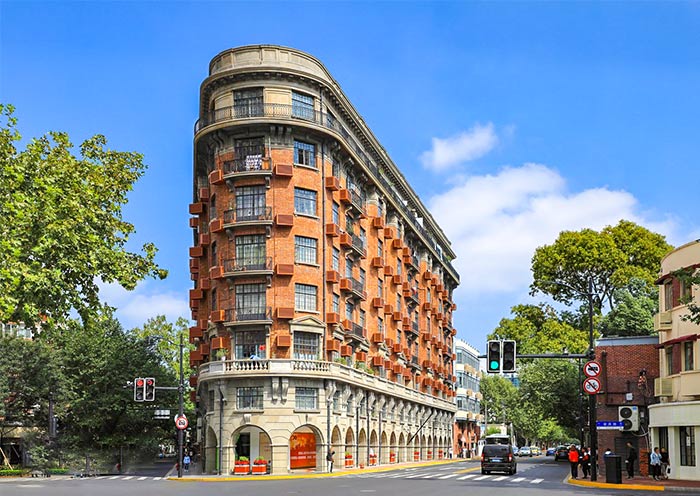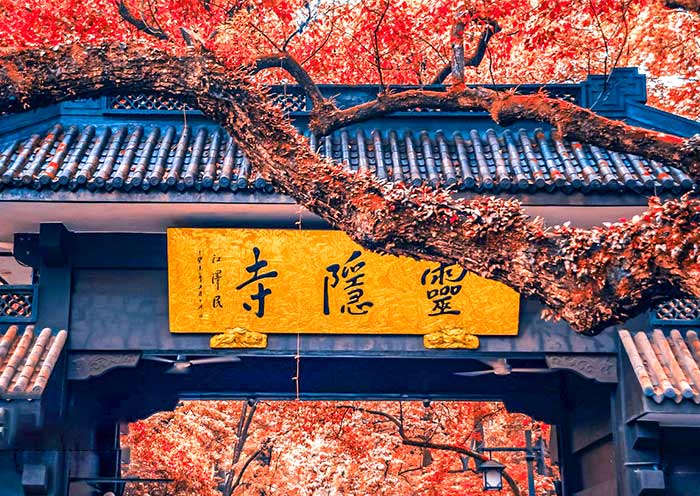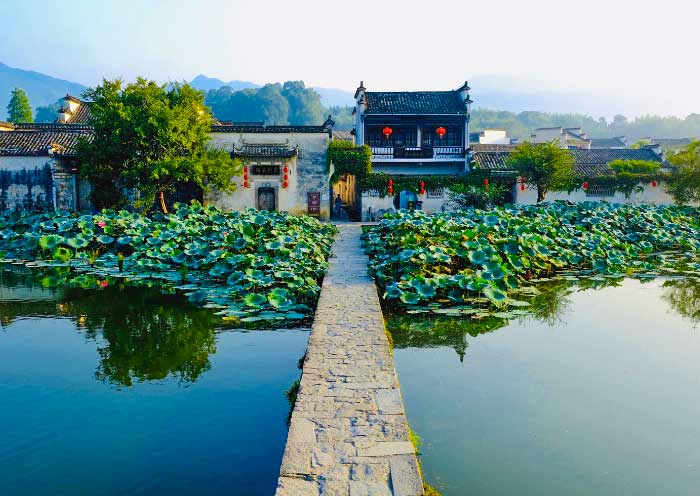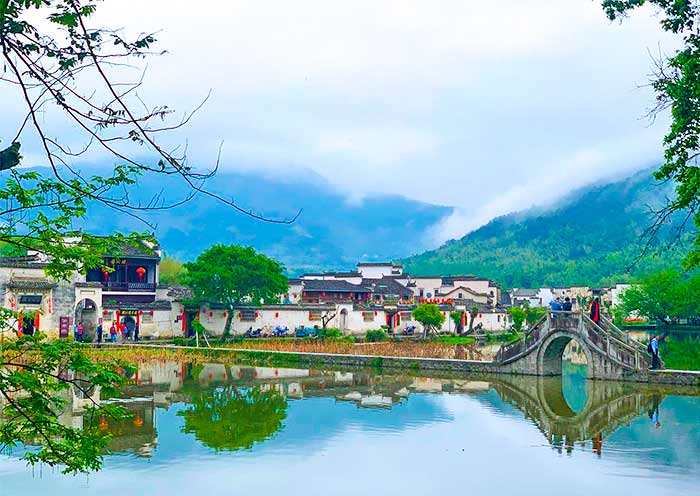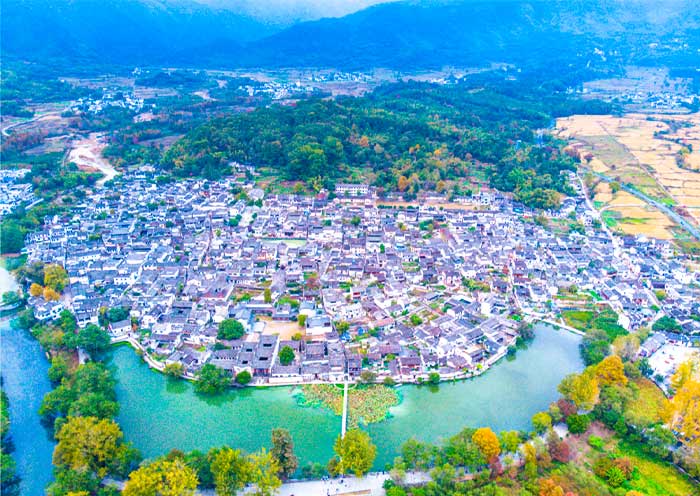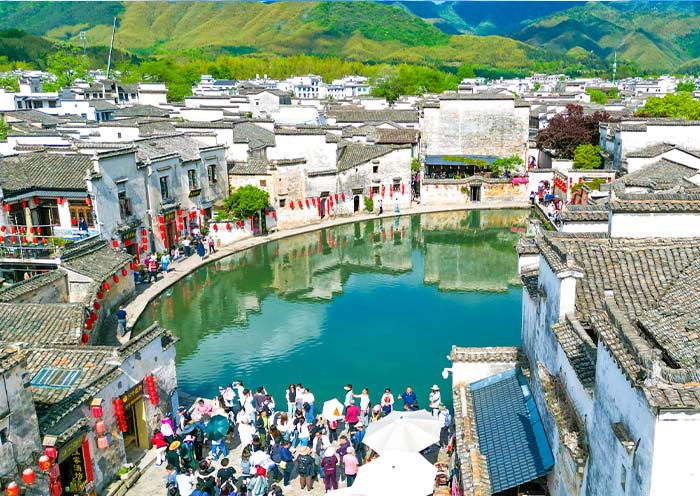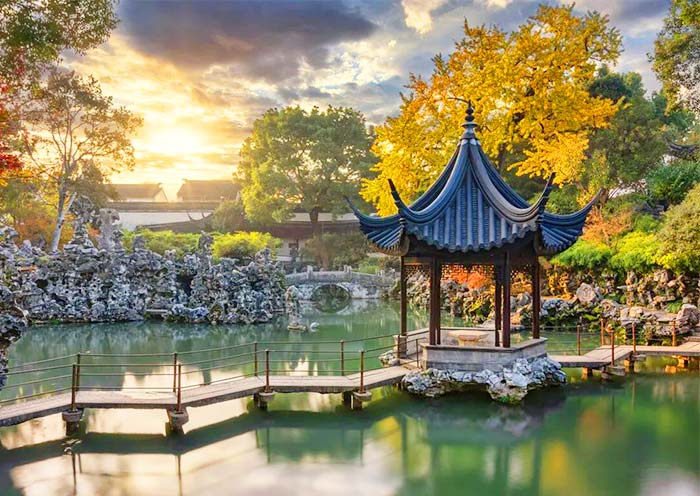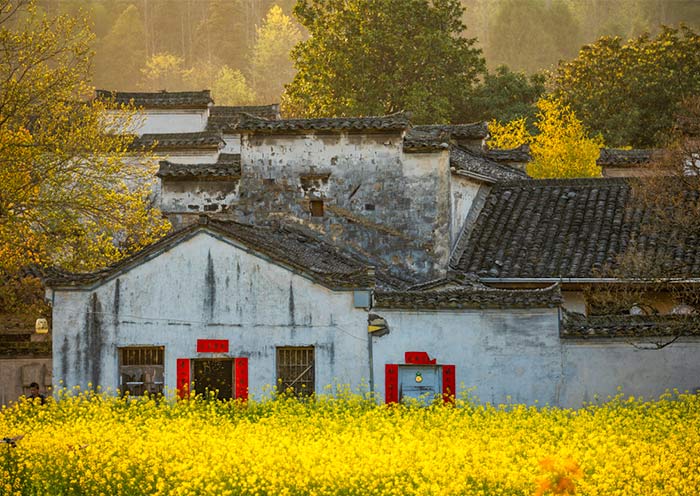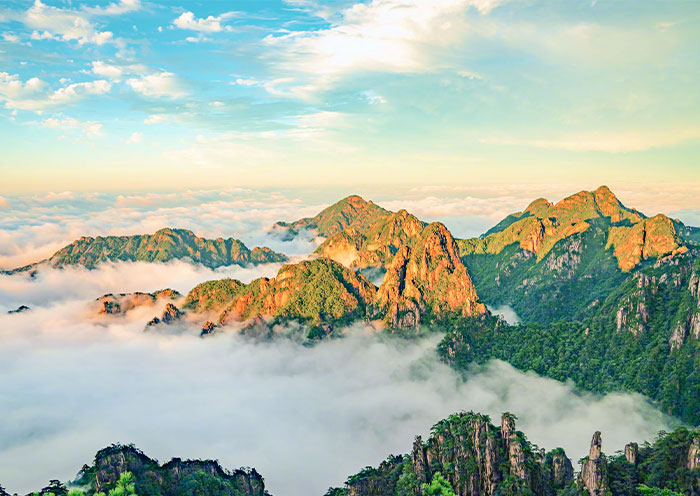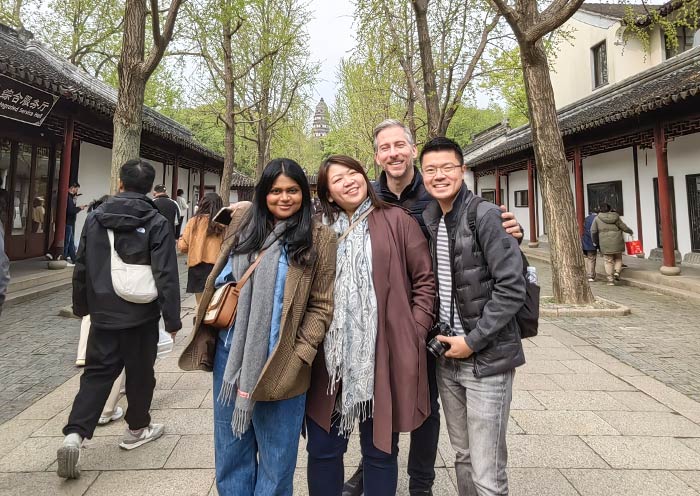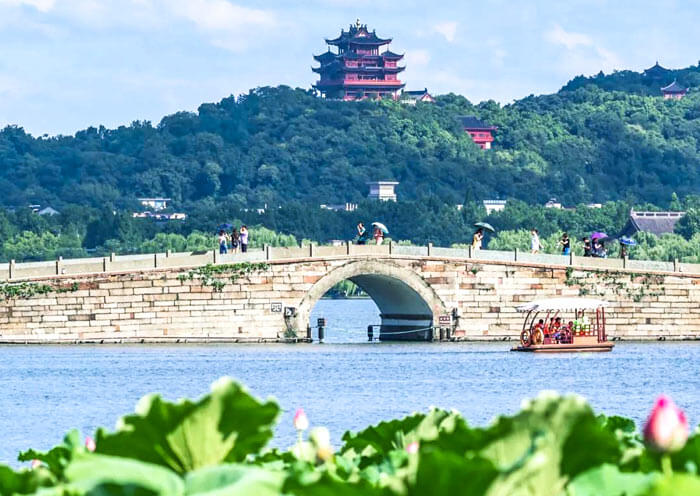After breakfast, your guide and driver will pick you up from your hotel lobby. Today you are going to visit two iconic sites in the Huangshan region: Hongcun Village and the Yellow Mountain (Mount Huangshan).
Discover Hongcun Village - One of the Ancient Huizhou-style Villages
There are many ancient villages in China, while the ancient villages in southern Anhui have their own unique tradition. The ancient villages in southern Anhui are predominantly designed in the Huizhou architectural style, a school of design that showcases intricate wood carvings, walls of pristine white, and roofs of contrasting black tiles. The “Horsehead” walls, named for their shape, are another characteristic feature. These architectural elements come together to create scenes that seem plucked right from a traditional Chinese ink painting- serene, timeless, and profoundly beautiful. Huizhou villages often have a rich history tied to the Huizhou merchants, one of the three major commercial groups in ancient China. Upon amassing wealth, they often returned to their hometowns to build luxurious mansions, ancestral halls, and archways, contributing to their family-residing villages.
Today, you will visit one of the most representative Huizhou villages - Hongcun. It is renowned for its well-preserved ancient architecture and layout from the Ming and Qing Dynasties, designated a UNESCO World Heritage Site in 2000. Often described as a "village in a Chinese painting", Hongcun has become a magnet for photographers and artists, eager to capture its idyllic scenery and architectural grace.
Established in the Song Dynasty, Hongcun Village is over 900 years old. The lay of the Hongcun was remodeled according to geomantic (feng shui) ideas. It is common to see Hui-style villages often situated near mountains and water sources, aligning with the people Huizhou’s belief that harmony with the natural environment promotes the well-being and prosperity of the villagers. In the embrace of southern Anhui's rolling hills, Hongcun unfolds like a living ox-shaped tapestry. Leigang Hill forms its majestic “head,” crowned by two ancient trees as “horns.” The Moon Pond forms its “heart”, and South Lake is the “belly.” Four timeworn bridges stand as the ox's “feet”, straddling the tranquil Jiyin stream, while a meandering canal - the village's “intestines” - adds a flowing cadence to daily life. All these elements converge at the serene South Lake, a natural mirror that not only reflects the village's ethereal beauty but also anchors its feng shui harmony.
Step inside and you are led through labyrinthine cobblestone streets, meandering like poetic verses. These lanes, narrow yet inviting, seem to whisper the stories of generations past as they guide you through the village's “body,” a collection of white-walled, black-tiled Hui-style buildings. Here, 103 ancient buildings from the Ming and Qing dynasties, and 34 buildings from the Republican era are preserved. The villagers uphold time-honored traditions and customs, living a pastoral life that feels as if suspended in another era. The most beautiful sites are the expansive South Lake and the crescent-shaped Moon Pond. These tranquil bodies of water act as natural mirrors, capturing the timeless beauty of ancient bridges and classic Huizhou architecture as if they were scenes on a painted scroll. It is especially beautiful during the season when lotus flowers are in full bloom.
The ancient inhabitants of this village have left a rich legacy of material and spiritual wealth. On the north bank of Southern Lake, you will find South Lake Academy, a private ancient school that served the village, and was a good architectural representative of the family academies of Huizhou. Scattered throughout the village are several mansions, courtyards, and ancestral halls, such as Chengzhi Hall, Wang Ancestral Hall, Jingxiu Hall, Jingde Hall, and Lexu Hall. Among these, the Wang Ancestral Hall stands as the largest and most well-preserved family shrine in the village. A portrait of the Wang family's grand matriarch hangs on the left wall inside the hall - Hu Zhong who designed and led the construction of Hongcun's water management system, shaping the village into what it is today. Chengzhi Hall, founded by a salt merchant, is the largest private residence in Hongcun and is often referred to as the "Folk Forbidden City." The mansion is renowned for its intricate Huizhou "Three Carvings," which include brick carvings, wood carvings, and stone carvings. Among these, the wood carvings are particularly exceptional. Some are even gilded, exuding magnificence and opulence that testify to the wealth and prestige of its original owners.
Hiking Mount Huangshan (Yellow Mountain) - One of China's Five Sacred Mountains
Route: Yungu Cable Way - Begin-to-believe Peak - Dispelling Cloud Pavilion - Bright Summit - Flying-over Rock
Walking Distance: about 6km/5 hrs
After lunch, drive to the foot of Mount Huangshan (Yellow Mountain), a UNESCO World Heritage Site and one of the Five Sacred Mountains. Yellow Mountain is famous for its stunning natural scenery, which includes ancient pine trees, oddly-shaped granite peaks, winter snow, hot springs, and a sea of clouds that often envelops the mountain range, also known as the "Five Natural Wonders". Huangshan has been a subject of inspiration in Chinese art, literature, and traditional landscape paintings for centuries. More than 400 years ago, during the Ming Dynasty, Xu Xiake, a renowned geographer and traveler, visited Huangshan Mountain twice and uttered the famous phrase, "After visiting the Five Sacred Mountains, one does not need to see any other mountains; after visiting Huangshan, one does not need to see the Five Sacred Mountains". This illustrates the status and importance of Huangshan Mountain among the famous mountains in China.
To maximize your time and energy and experience the mountain's most mesmerizing sceneries on the top, a sightseeing bus will transfer you directly from the foot of the mountain to Yungu Temple. From here, you'll board the cableway to White Goose Ridge Station (8 mins). As you ascend, give you breathtaking aerial views of the forests below—a canvas of endless green, with granite peaks and twisted pines veiled in mist. Upon arrival, you'll notice the air is cooler and crisper. Now begins your trek to the poetic Begin-to-Believe Peak. Huangshan is famous for its ancient and oddly shaped pine trees. En route, you'll admire several like Black Tiger Pine, and Harp Pine, each with its unique shape and character. When you reach Begin-to-Believe Peak, you'll understand how it got its name. The stunning vistas, which include a mixture of cliffs, valleys, and uniquely shaped rocks, will make you begin to believe in the mystical aura that Huangshan is famous for. After soaking in the views at Begin-to-Believe Peak, you will trek for about 40 minutes to your mountaintop hotel for a break.
After the break, you have a couple of choices for watching the sunset: Cloud-Dispelling Pavilion or the higher-altitude Bright Summit. From Cloud-Dispelling Pavilion, it takes about 30 minutes to get back to the hotel. The Cloud-dispersing Pavilion is called so because the cloud will disperse upon reaching here. It is a good place to admire the absurd stones, cloud sea, strange peaks, and deep valleys. If time and energy allow, consider extending an hour-long trek to the Sky Sea Scenic Area to see Flying-over Rock. This massive rock, estimated to weigh around 360 tons and standing approximately 12 meters high, appears to balance precariously on a narrow base atop another boulder. Enjoy the sunset from the second highest peak - Bright Summit (1840m). After the sunset, it's a 40-minute trek back to your hotel.
Good to know:
1.Travel light! There is a lot of walking involved on the mountain, so it's recommended to carry only essential items and pack light. Alternatively, you can store your luggage at the mountain's base.
2. For environmental protection, some hotels on the mountain do not provide disposable toiletries, so it's advisable to bring your own.
3. Staying on the mountain allows you more time to appreciate additional scenic views of Huangshan, especially sunrise and sea of clouds. However, due to the high transportation costs on the mountain, hotel facilities may be limited. The star-rated hotels might not be up to the standard of those in big cities like Shanghai. Due to the moist weather on the mountains, the rooms could be a little humid. Despite the lack of choice, we will select a relatively comfortable hotel for you.

